
Flying can be a stressful experience, but it doesn't have to be. In fact, there are some airport technologies that can make your trip much smoother. Here are five of the best airport technologies you need to know about.

1. RFID technology for luggage tracking
Hong Kong International Airport (HKIA) is renowned for its impeccable baggage handling system, which has been awarded the prestigious title of “Best Airport Baggage Handling System” by SkyTrax in 2014. This accolade is based on a comprehensive evaluation of the airport’s passenger flow and baggage handling facilities.
One of the key factors that contributed to HKIA’s success was the use of RFID technology. RFID tags are small computer chips that can store large amounts of data, making them ideal for tracking items throughout an airport. By using RFID tags, HKIA was able to keep track of each and every item that passed through its terminals – even if it had been lost or stolen in transit.

2. Security Screening
For safer travels, airport security screening has become an essential part of airport operations. Screening measures can include checks for weapons, explosives, and other dangerous items, as well as thorough questioning of passengers.
The use of advanced security technologies has helped to keep airports safe from potential terrorist threats. For example, X-ray machines can identify concealed firearms and explosives, while facial recognition software can help to identify potential criminals or terrorists. In addition, the use of biometric data – such as fingerprints – helps to ensure that only authorized personnel is able to enter the airport terminal.
One of the most popular security screening technologies is CT scanning. This process uses a series of x-rays to create a three-dimensional image of a person’s body. This image can then be used to identify any objects or contraband that may be hidden on the person’s body.

3. Smart check-in
Currently, self-service check-in and mobile check-ins are some of the most popular methods of checking in for flights. Mobile check-ins allow passengers to check-in directly from their smartphones. This system is especially useful for passengers who want to avoid long lines at the airport check-in desk. In addition, mobile check-ins can help to reduce wait times at the airport terminal. However, smart check-in is also becoming increasingly popular. This system uses a variety of sensors and cameras to check the identity of passengers and their luggage.
In 2020, Narita Airport started to implement a smart check-in initiative that incorporates self-service bag drop and facial recognition services. This check-in system is designed to make the experience more convenient for passengers, and it is based on the latest technologies.
The self-service bag drop feature allows passengers to drop their bags without having to leave their seats, and the facial recognition service helps identify passengers quickly and easily. These features make checking in more efficient, and they also reduce the number of delays that can occur during busy times.
The smart check-in system has already proven to be popular with passengers, and it is expected to help improve airport throughput even further. In addition, this innovative approach will save airlines money in the long run by reducing congestion and permitting them to focus on other areas of their business.
4. Facial Recognition Technology
In 2018, AirAsia has unveiled its Fast Airport Clearance Experience System (FACES) at Senai International Airport. The new system enables the airline to speed up the clearance process for passengers. FACES is a computer-based system that uses facial recognition technology to identify passengers and match their photos against an airport database. This makes the processing of passengers' documents faster and more accurate.d
Furthermore, in 2020, A fully automated system was installed at Changi Airport Terminal 4, which uses a facial recognition system that captures a passenger's photo. The system is said to be more efficient and accurate than traditional methods such as checking identification cards. The new technology is said to be more comfortable for passengers, as they will no longer need to stand in long queues to get through security.

5. Autonomous Vehicles
Japan's ANA Airlines has been steadily embracing smart airport technologies in order to be a global model for airport efficiency. Amid the heightened pandemic in 2020, ANA has not stopped pursuing some of its investments in smart airport technologies and processes in Japan that could help make its operations more cost-effective.
ANA started testing a driverless bus at Tokyo Haneda Airport. The bus will transport airport employees on an autonomous vehicle across a 1.18-mile loop of the airport’s restricted area. The bus is part of an effort to explore new airport technologies that could be used to improve the efficiency and safety of airport operations.
In December of the same year, ANA also began using a robotic loader provided by Toyota at Saga Airport. The loader is said to be more efficient and accurate than human loading and unloading operations, which are time-consuming and prone to errors. The robot is said to improve safety and efficiency in the airport's cargo handling system.
In conclusion, there are many helpful airport technologies that can make your flying experience smoother. By using these airport technologies, you can avoid stress and have a more enjoyable trip.

.png)
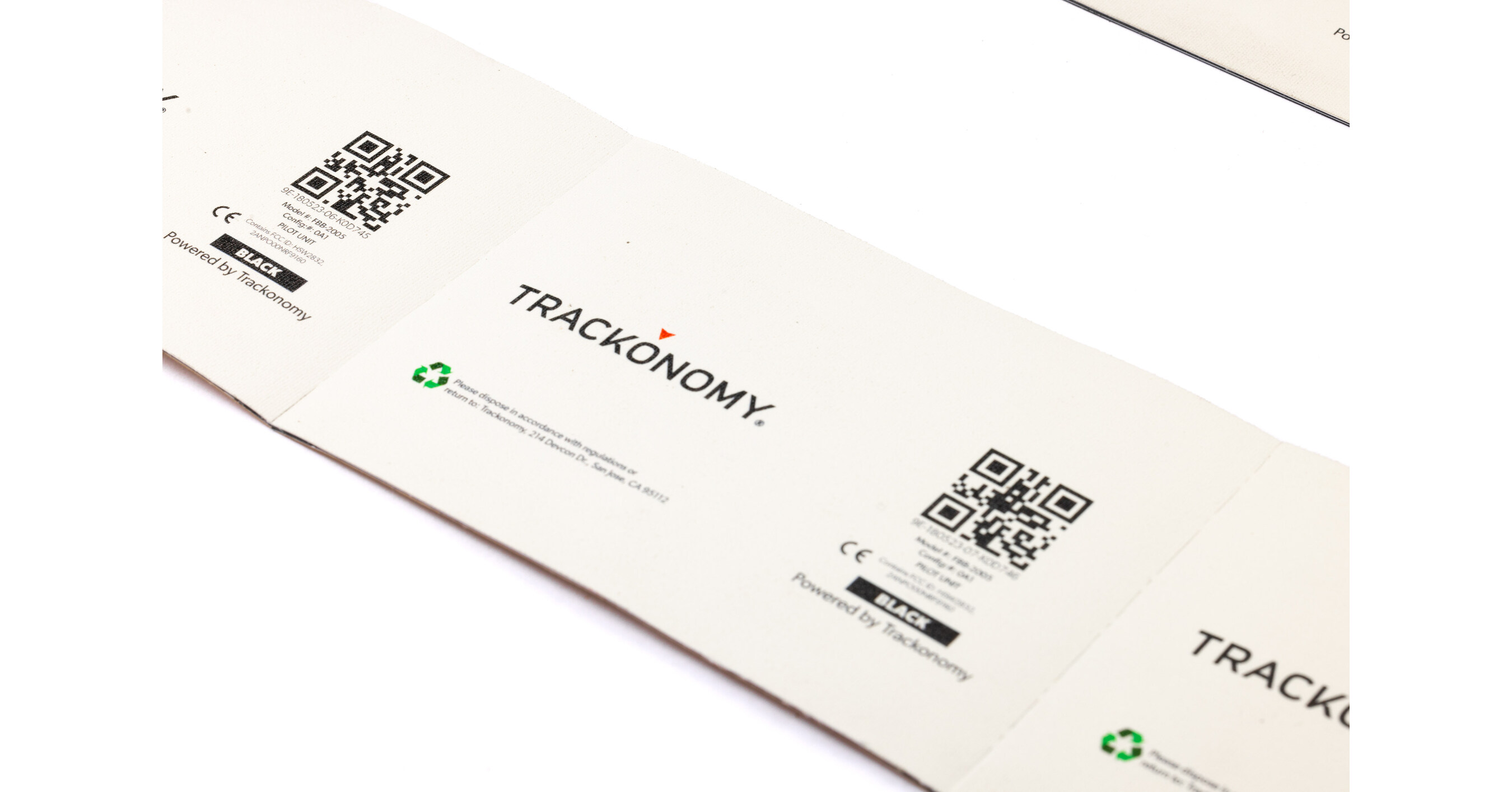
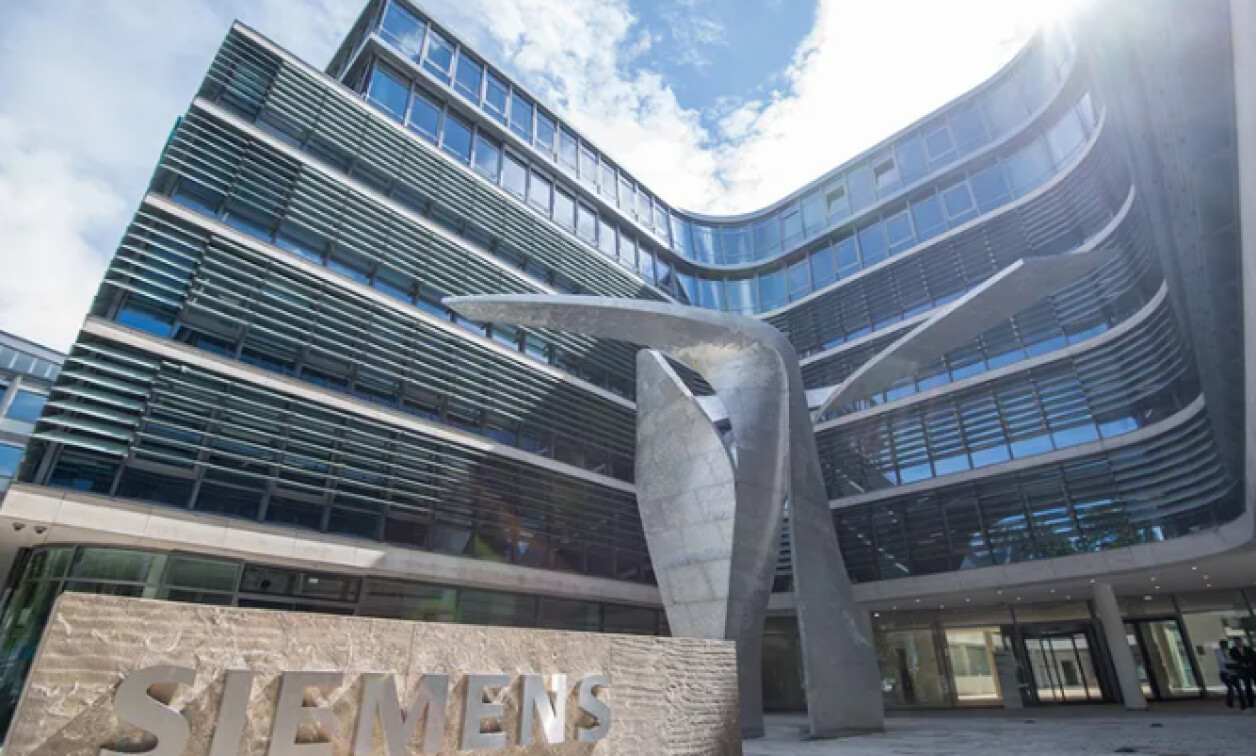
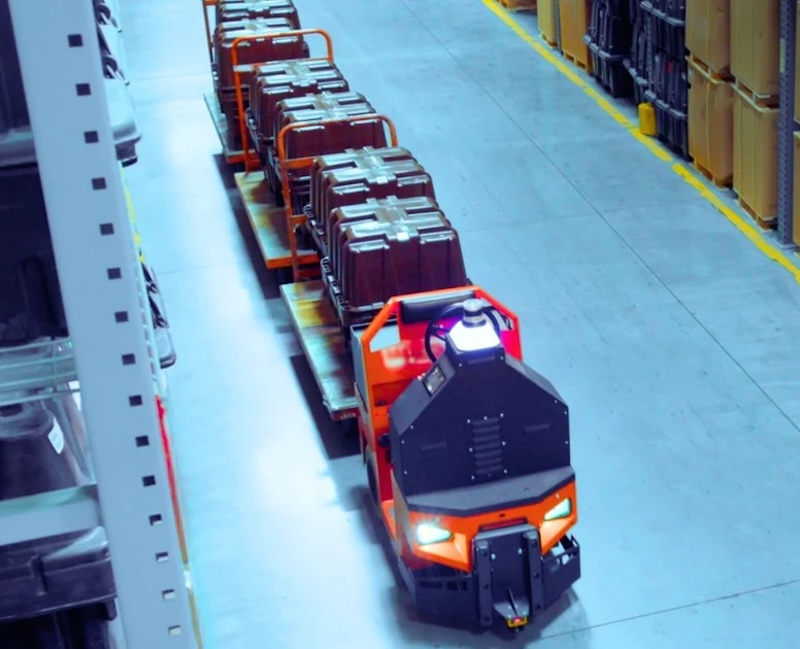


.jpg)

.webp)
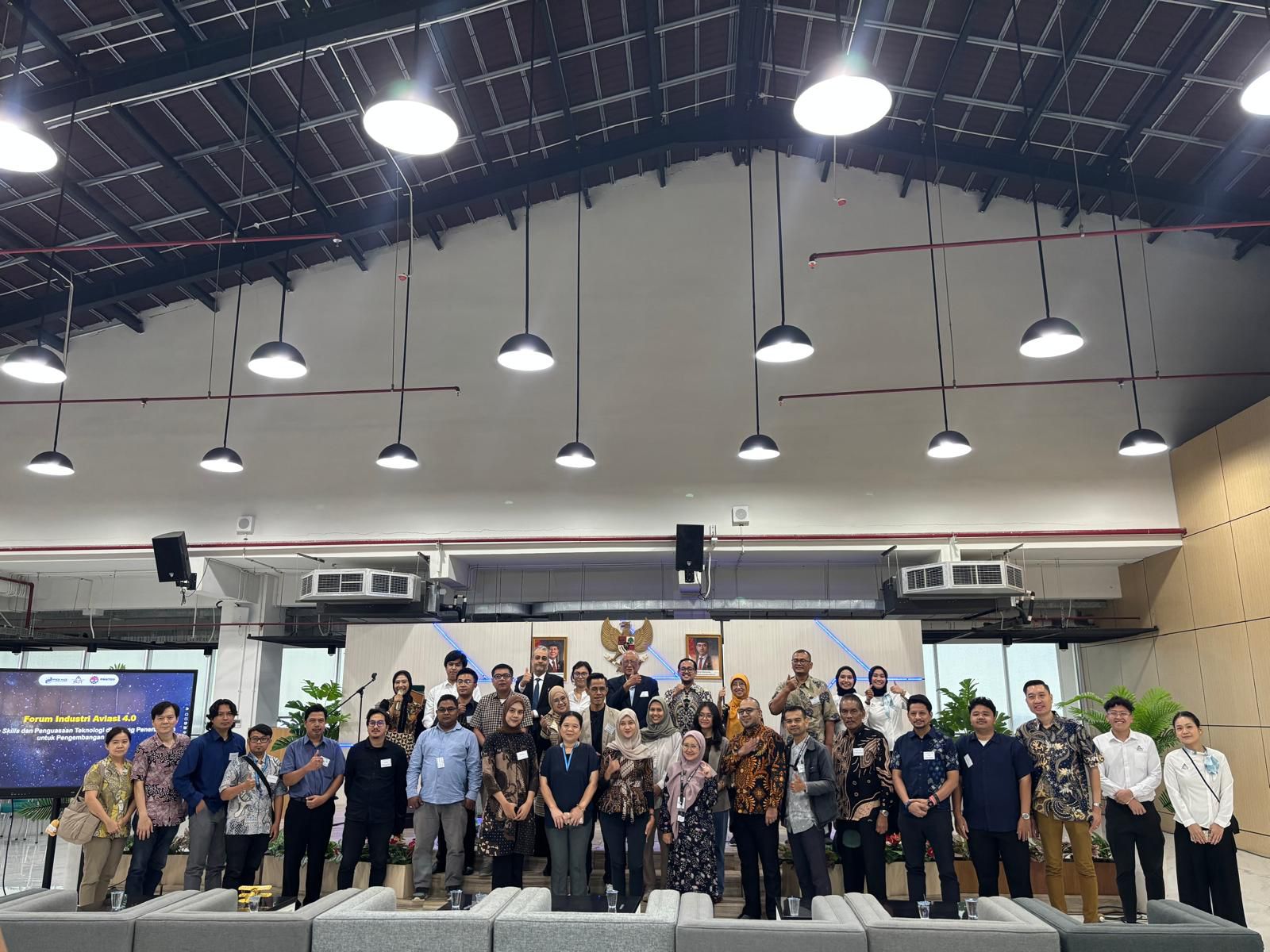














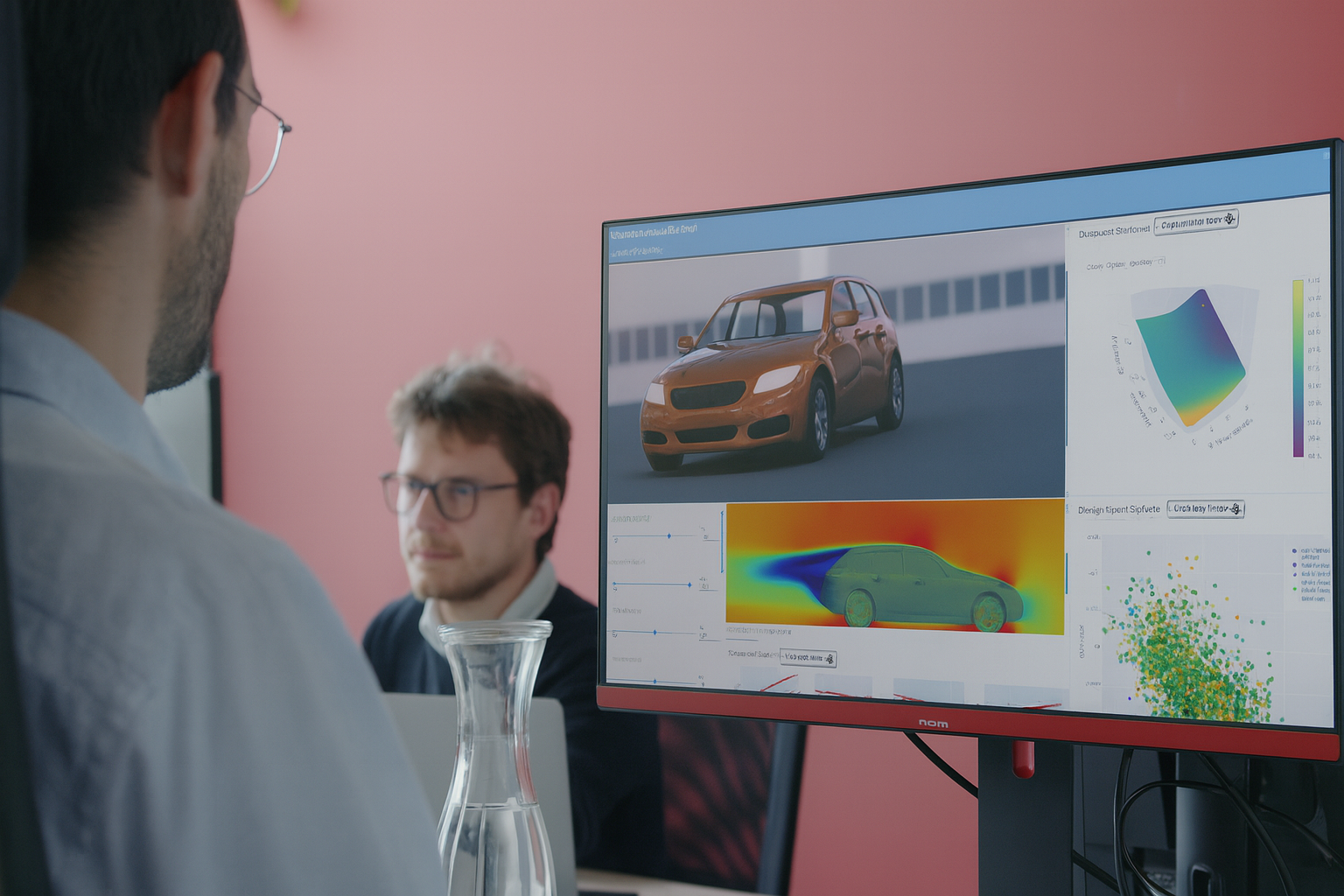
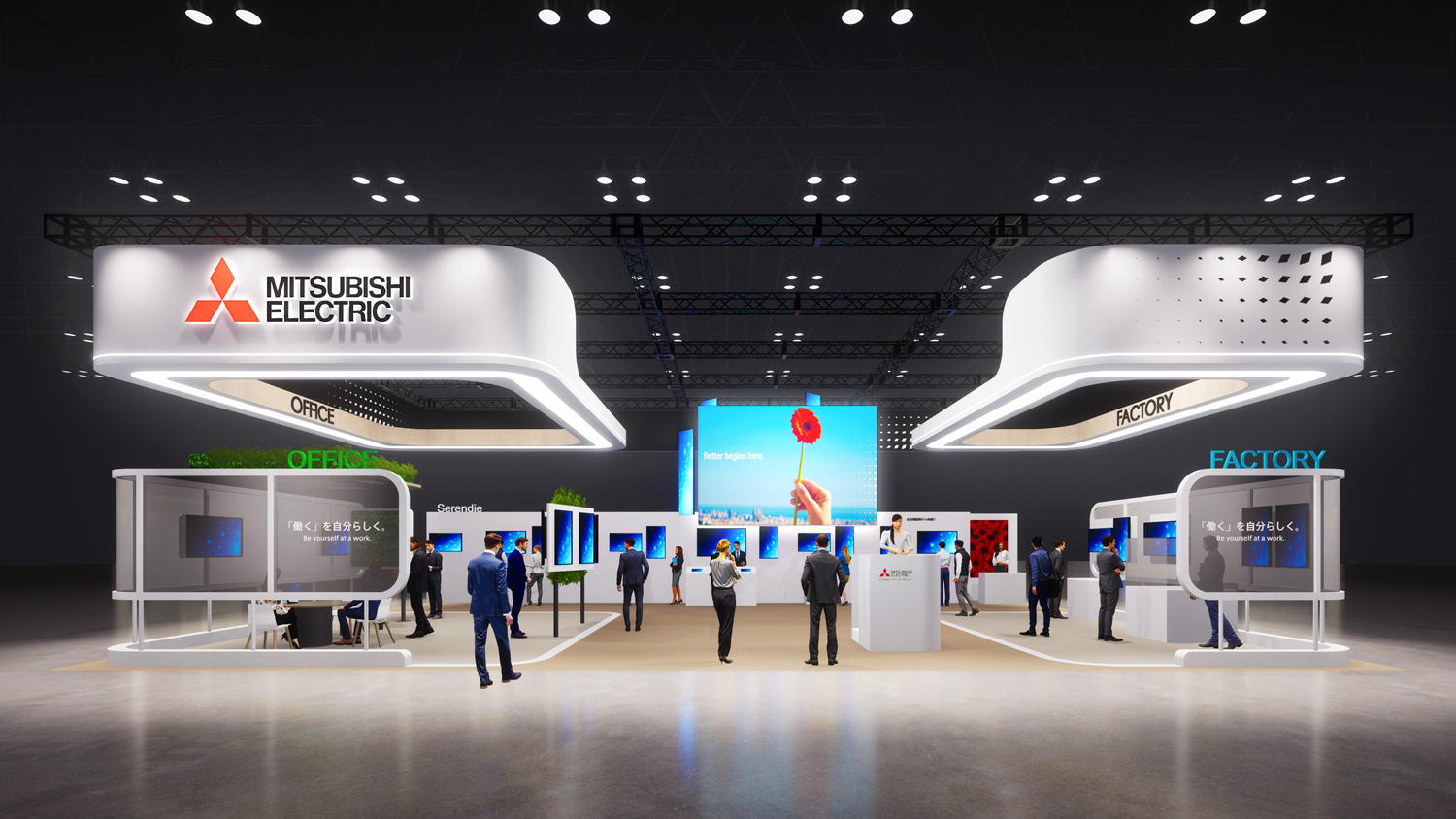

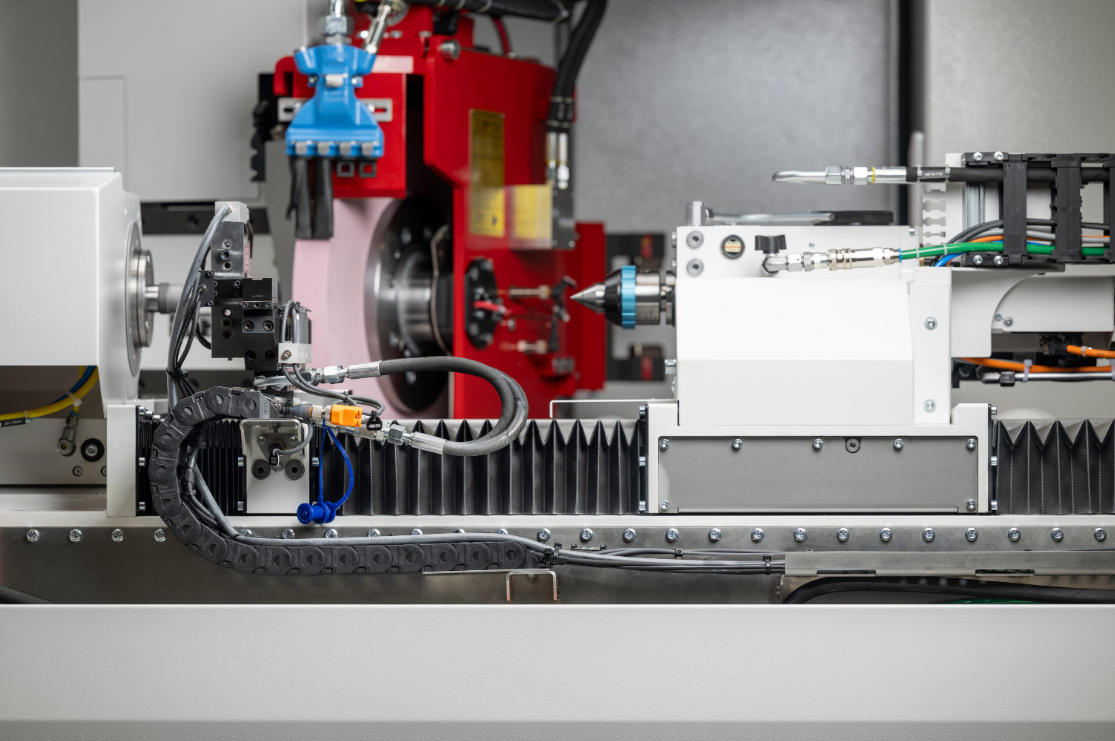







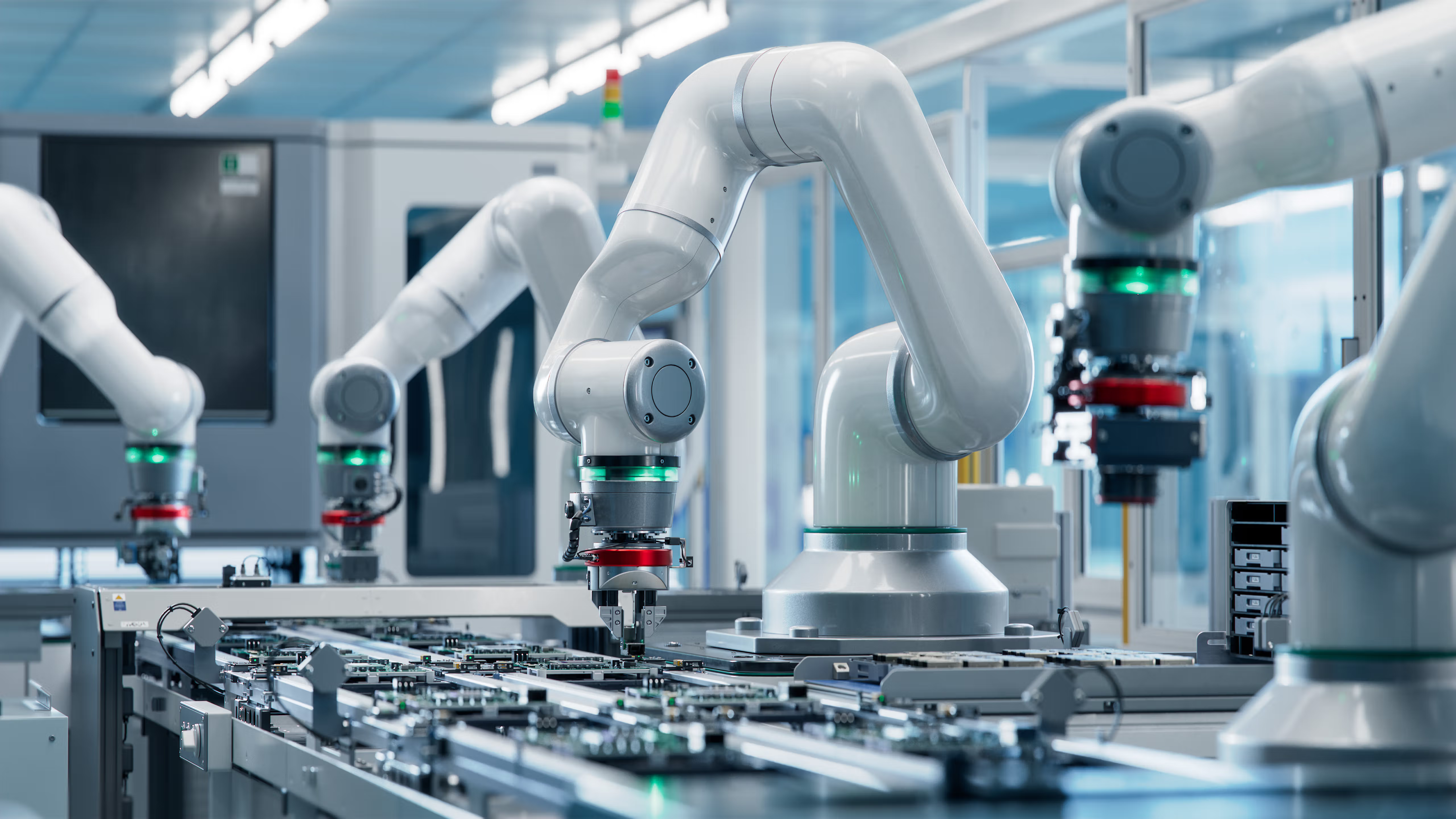

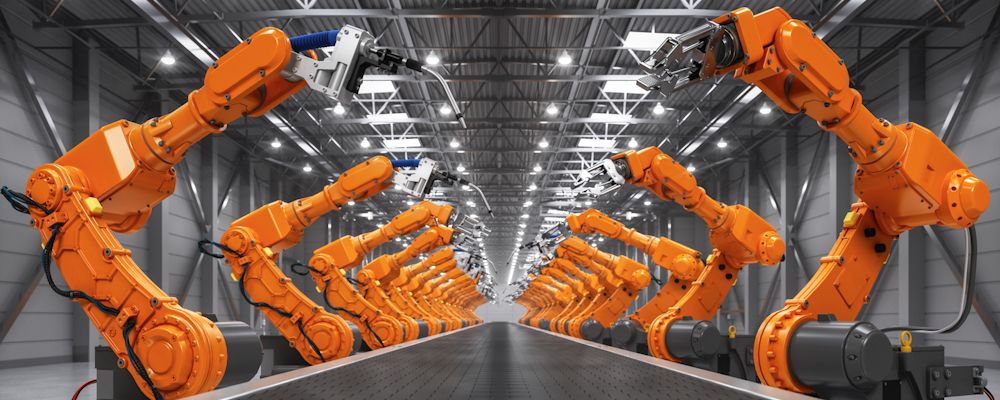




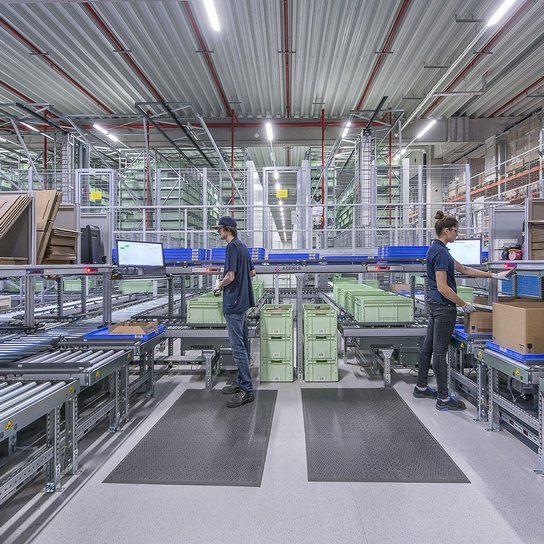




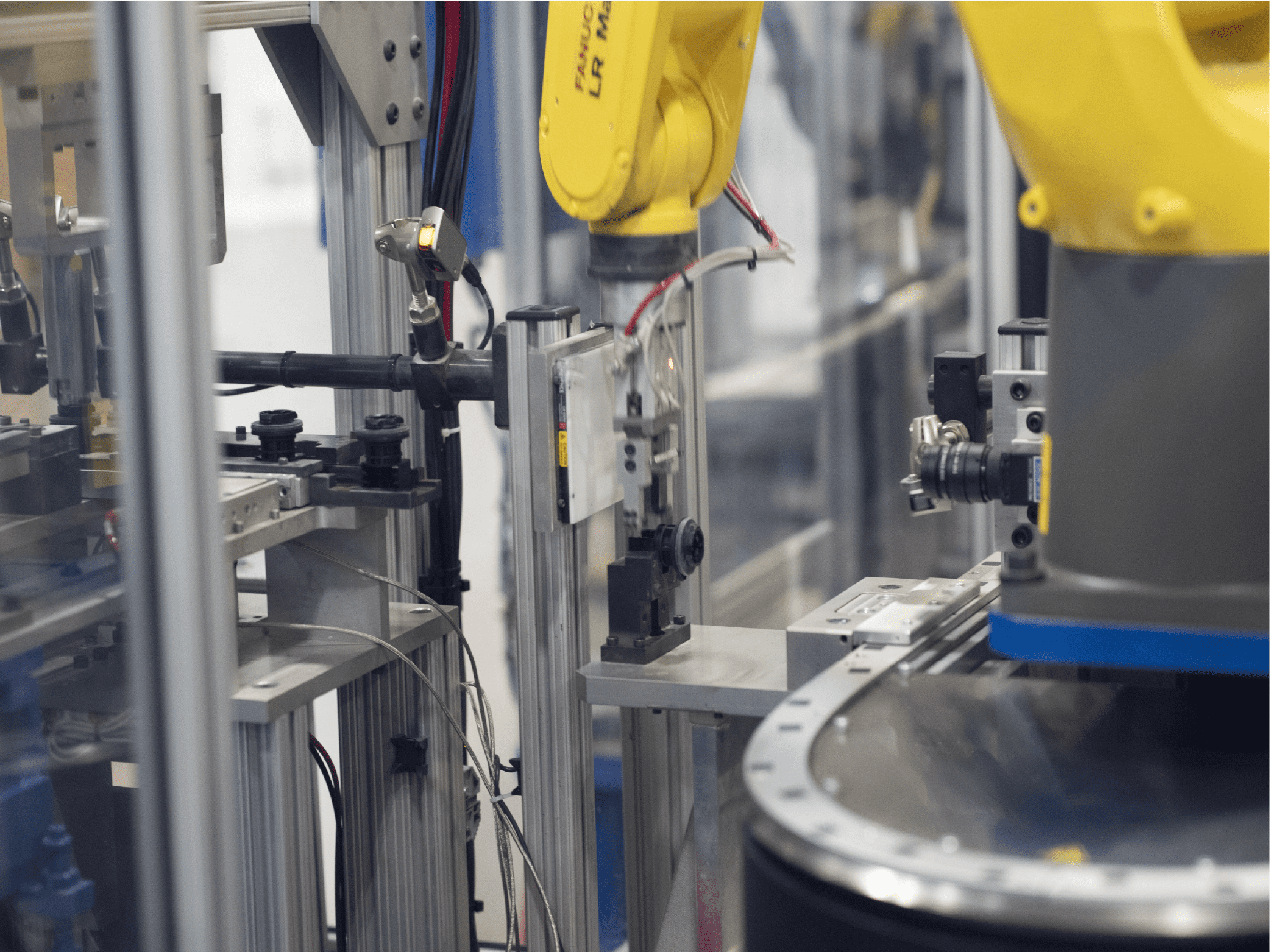
.webp)






























.png)





.png)












